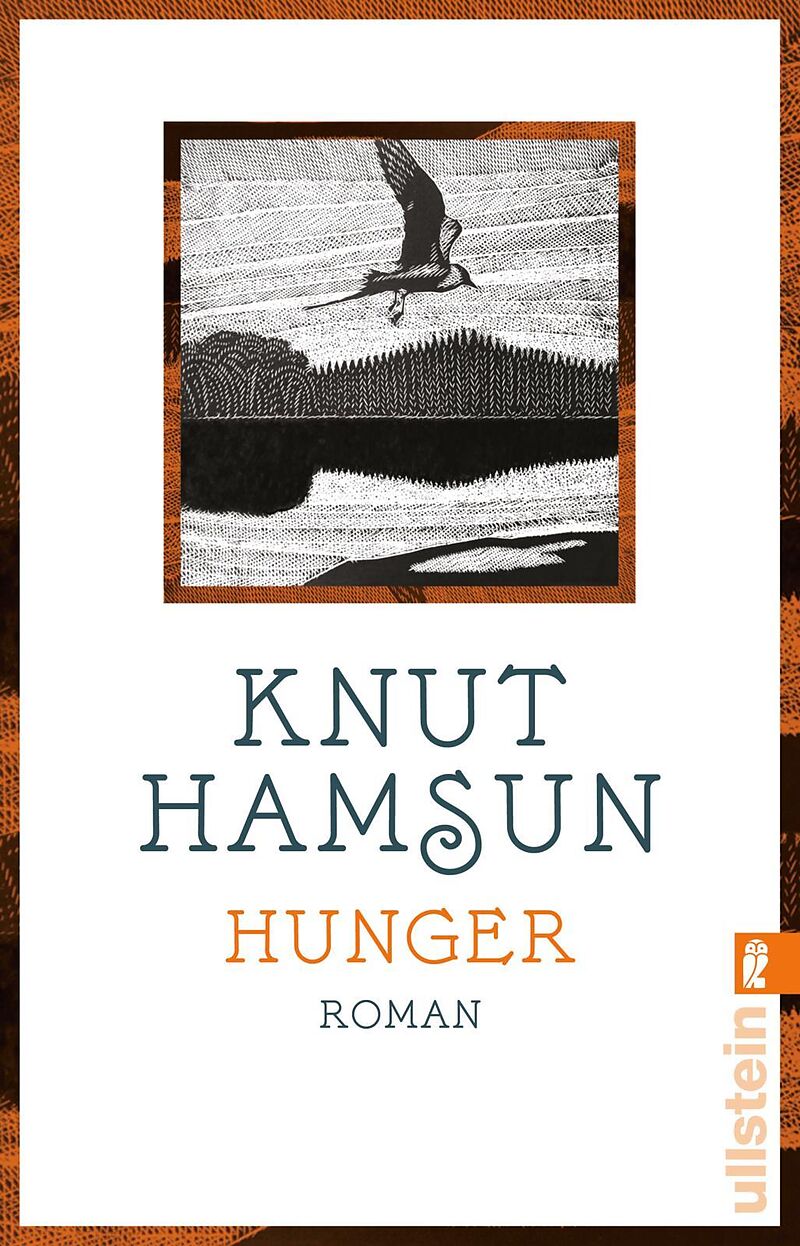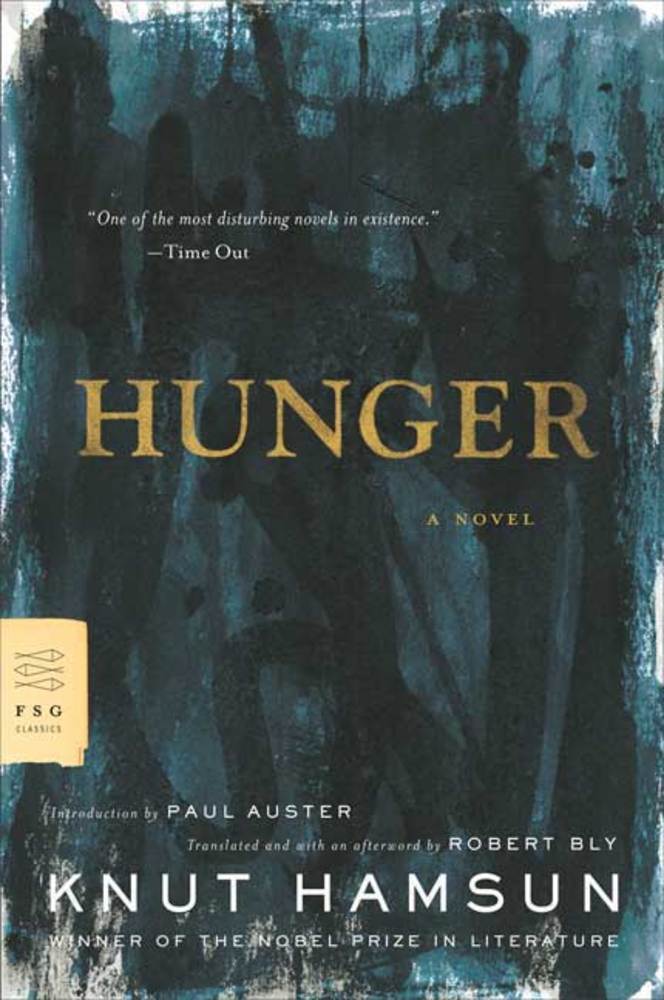

In his 1890 book Hunger, a mentally ill, struggling writer wanders round what is now Oslo arguing with himself, telling lies and coming to believe them passionately.īut for Hamsun this was tyro stuff: the book a struggling writer writes.

He identified the erratic unpredictability of Dostoevsky’s characters as true to at least his own life – the way they throbbed from the page with strange and spontaneous compulsions – and thought he’d make this the core of his fiction. Hamsun felt that contemporary fiction was only concerned with the plottable results of psychology, not the strange vacillations that operate at a deeper level. But in the 1890s, he suddenly won fame across Europe for what he described as his exploration of “the strange and peculiar life of the mind”. Hamsun spent his 20s being ignored by the literary establishment, doing odd jobs at home and in the US. Nagel is supposedly reacting against “the decadence, phoniness, self-adulation, and snobbery of our times” – but then again, he might be lying, perhaps even to himself.


 0 kommentar(er)
0 kommentar(er)
